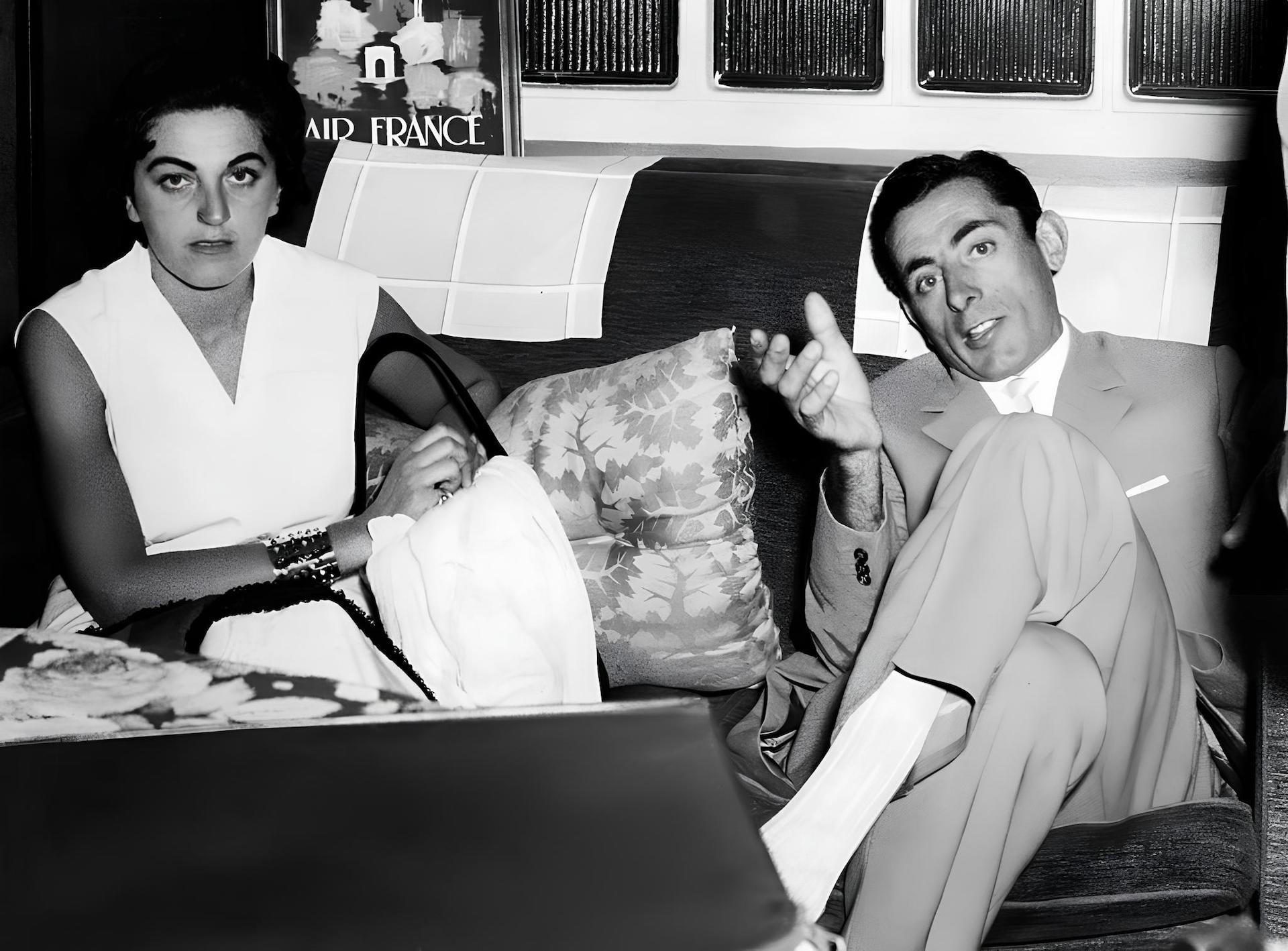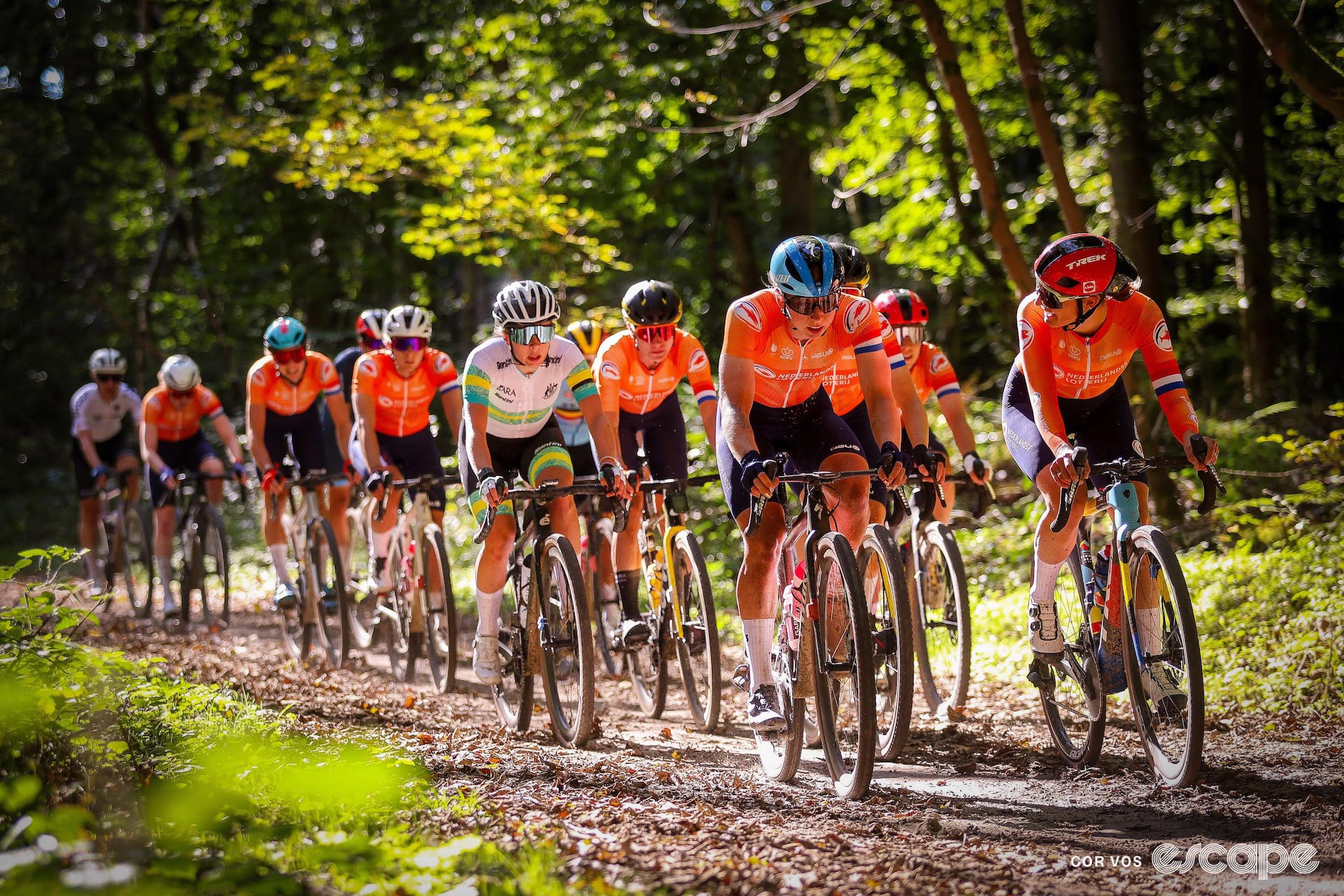Stage 3 is our last day on Italian soil although I was kind of confused when I saw the announcement of the route from Plaisance to Turin. I searched for the town of Plaisance on Google Maps and found nothing in Italy. I soon realized that the French frenchified the name and we actually have to be in Piacenza. Benvenuti!
At 229 km this is the longest stage of this year’s Tour de France. Only five stages are longer than 200 kilometers with most of them close to that 200 mark. It’s a trend to make stages shorter and shorter. One of the reasons behind this is extended television coverage from start to finish. I know there are people who love a flat 237 km stage from start to finish but ASO wants to cater to a younger public by making the broadcast shorter and more dynamic.
The longest Tour de France stage ever was in 1919, the first race back after the horrors of the First World War. The fact that the war only finished seven months earlier didn’t inspire the organizers to take it easy. At 482 km or 300 miles, stage 5 of that year’s race was a monster. With a total distance of 5,560 km the 1919 edition ranks second in the list of longest Tours de France.
The longest Tour was in 1926. Winner Lucien Buysse from Belgium needed 248 hours and 44 minutes for the 5,745 km through France.
Gradually the Tour got shorter and shorter. The last Tour de France of over 4,000 km was in 1987. This century the total distance is usually between 3,300 and 3,650 km. This year we are bang in the middle of that figure with 3,492 km.
On our route today we pass through Tortona. The first of three categorized climbs can be found here. Tortona got itself a place in the history books as the town where Fausto Coppi died. He contracted malaria in a race in Burkina Faso and died, aged just 40 years young.
This segment is way too short to give a biography of Coppi. He is of course the winner of the 1949 and 1952 Tours de France. And the Giri d’Italia of those two years, for that matter.
He could have won a few more Tours but in 1950 he refused to ride because his rival Gino Bartali would be there also. In 1951 he did ride, with Bartali, but he was still struck by grief for his brother Serse Coppi who died after crashing his front wheel in a Turin tram track during the Giro del Piemonte. He died in Fausto's arms just a few days before the start of the Tour.
And then there was the controversy around the Dama Bianca, the white lady. Coppi was married, as was Giulia Locatelli, but they started a relationship with each other anyway. This was an absolute no-no in Catholic Italy. The landlord of their apartment in Tortona was so appalled when the two lived together in sin that he threw them both out. The Pope even asked Coppi to return to his lawful wife. But love is love and there was no stopping it.
Coppi and Locatelli eventually got married in Mexico, a marriage never officially accepted in Italy. They had a son in 1955, Faustino, but he was born in Buenos Aires because of the huge scandal his parents had caused.
Oh how times have changed. Thankfully, I should add.
Did we do a good job with this story?






